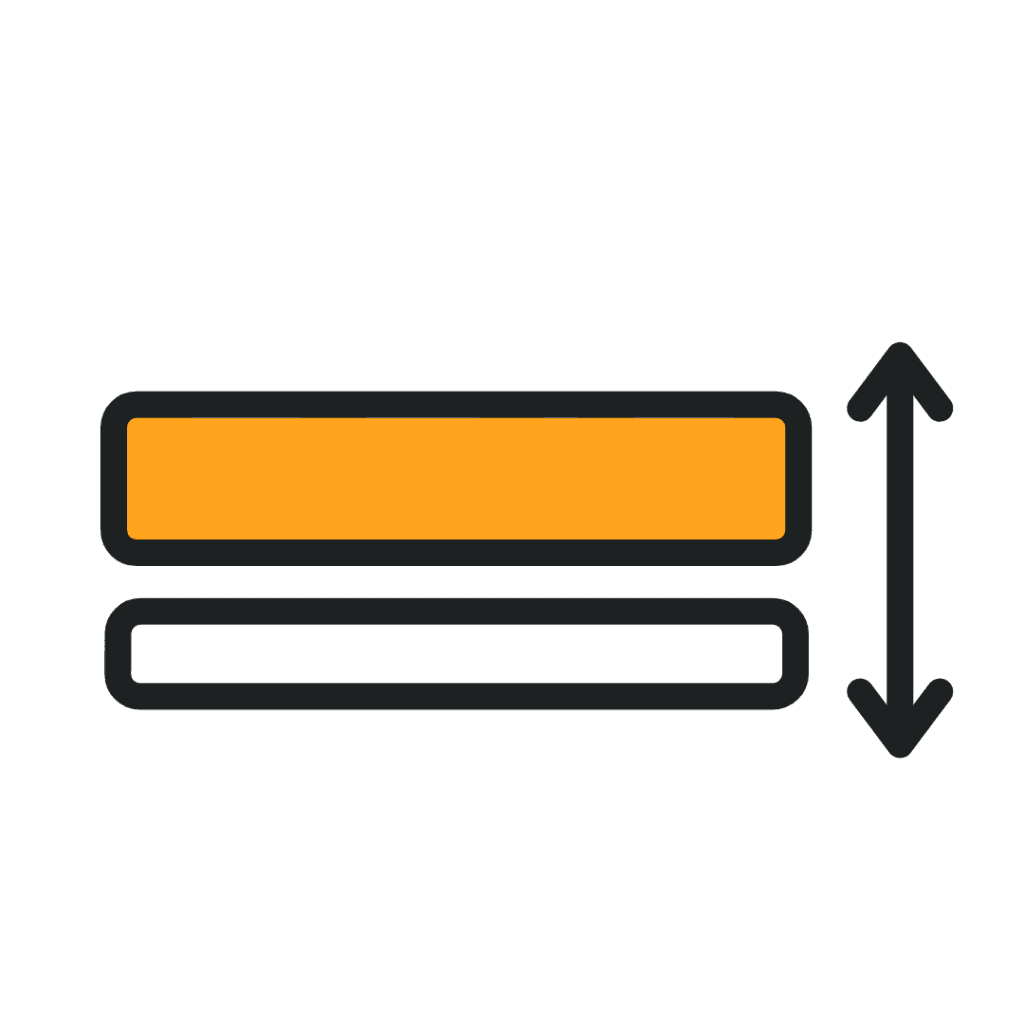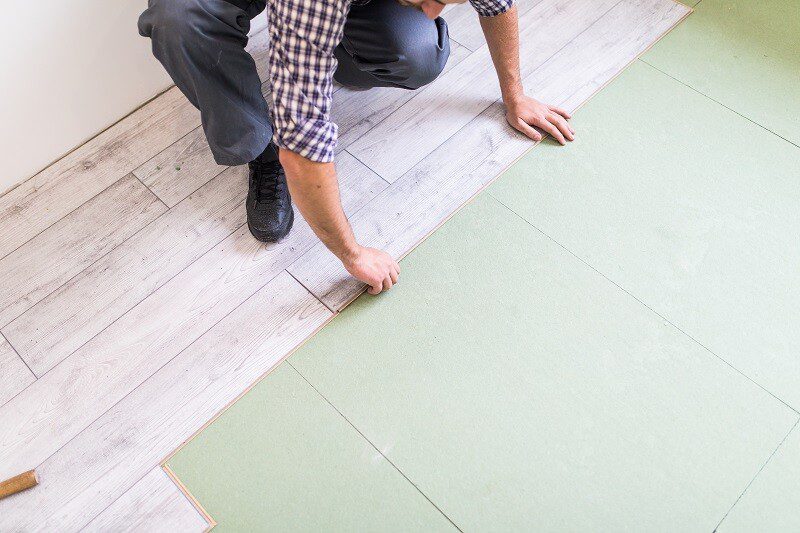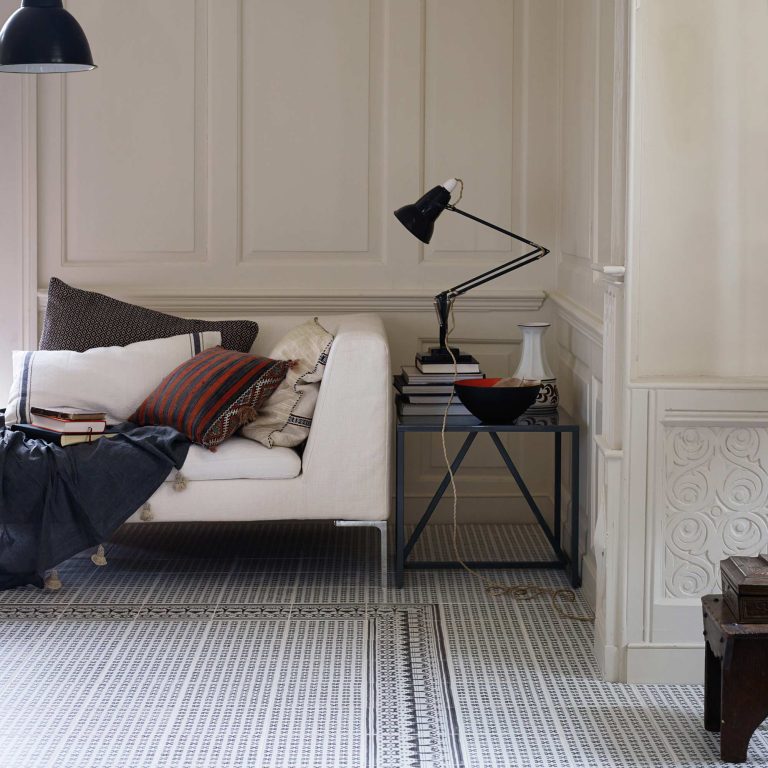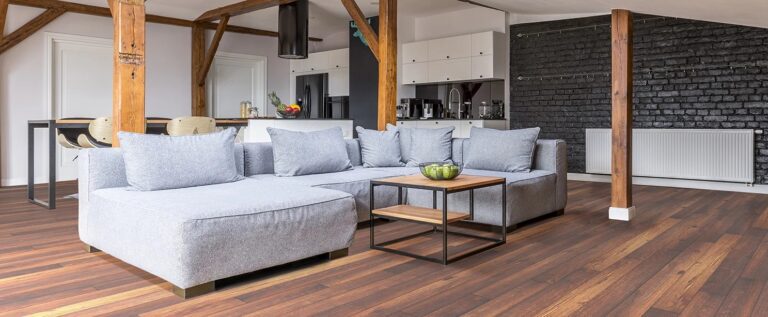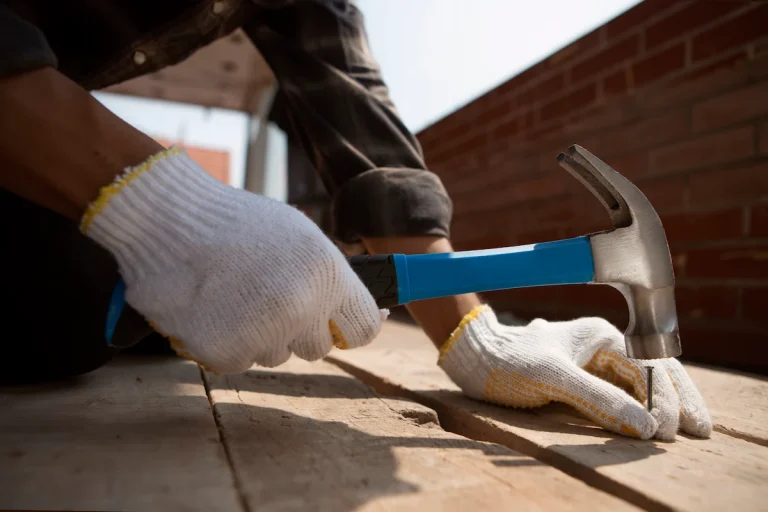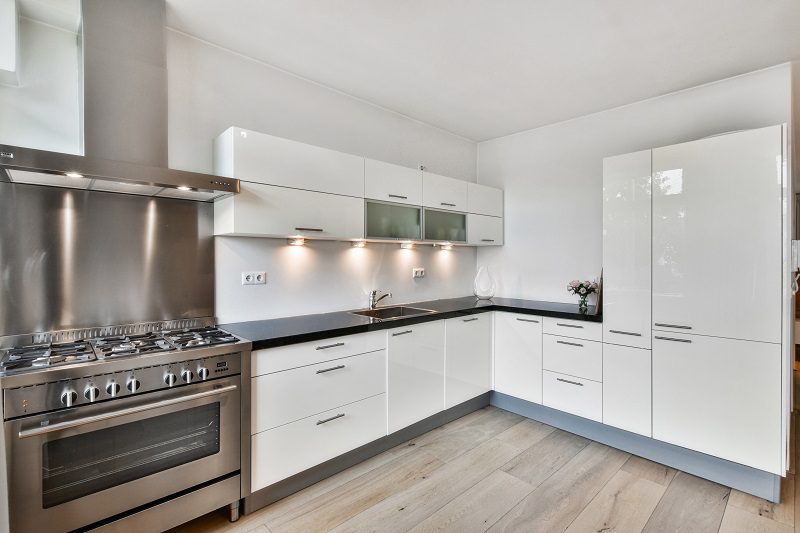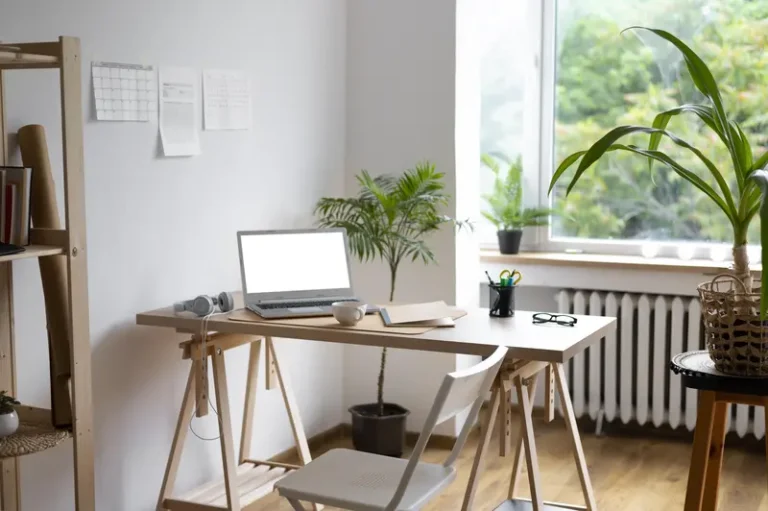Do you need underlay for cushion vinyl flooring? The need for underlay for cushion vinyl flooring depends on the existing subfloor and the desired performance attributes.
When it comes to installing cushion vinyl flooring, the question of whether to include underlayment often arises. While underlayment can be beneficial in certain scenarios, cushion vinyl is designed with built-in features that often negate the need for additional layers.
Nevertheless, you don’t really need underlayment for cushion vinyl flooring.
Why You Don’t Really Need Underlayment for Cushion Vinyl Flooring
Let’s explore some key reasons why underlayment may not be necessary for this type of flooring.
1. Built-in Cushioning for Comfort
One of the standout qualities of cushion vinyl flooring is its built-in cushioning. The backing of the vinyl itself is engineered to provide comfort underfoot, significantly reducing foot fatigue. This inherent feature means you can enjoy a softer, more comfortable surface without the added layer of underlayment, allowing your feet to remain cosy without compromising the flooring’s performance.
2. Stability and Durability Concerns
Adding underlayment to cushion vinyl flooring can sometimes lead to unintended consequences. Too much softness from the underlayment can make the floor pliable, resulting in indentations and premature wear over time. The stability offered by the vinyl’s own backing ensures that the flooring remains durable in high-traffic areas without risking damage that might emerge from excessive cushioning.
3. Manufacturer Recommendations
It’s essential to consider the insights of flooring manufacturers when deciding on underlayment. Many leading manufacturers expressly advise against the use of underlayment with their cushion vinyl products. Their reasoning is straightforward: underlayment can adversely affect the flooring’s performance, potentially leading to warranty issues. By following manufacturer guidance, you ensure that you preserve the integrity of your flooring and maintain any warranties.
4. Floating Floor Technology
Underlayment is no longer a necessity for cushion vinyl flooring due to advancements in flooring technology, particularly with the introduction of “floating floor” systems like Uniclic. These modern installation methods allow the vinyl planks to click together securely without the need for additional padding underneath. This not only simplifies the installation process but also enhances the stability and durability of the flooring. Additionally, many manufacturers design their cushion vinyl products to provide adequate insulation and sound absorption on their own, making underlayment redundant in many cases.
5. Cost and Installation Efficiency
Lastly, for homeowners and installers alike, skipping the underlayment can lead to significant savings in material costs. Beyond just the cost, for those looking for an efficient installation process, omitting the underlayment simplifies the overall project. Without the additional step of laying down the underlayment, you can complete the installation faster, getting you one step closer to enjoying your new flooring.
In summary, while underlayment can have its advantages in some flooring situations, cushion vinyl comes equipped with features that often render it unnecessary. From built-in cushioning to adherence to manufacturer recommendations, opting out of underlayment can result in enhanced performance, durability, and cost-effectiveness.
Recommended Teka Cushion Vinyl Flooring Products
Teka offers a range of high-quality cushion vinyl flooring options designed to be installed without underlayment, ensuring durability and comfort:
If you’re in need of expert assistance with vinyl flooring installation, simply reach out to TEKA fitting services. With 30 years of combined experience, TEKA is highly confident in the quality of work. Whether it’s for residential, commercial, or specialised projects such as hospital-grade floor fitting, TEKA’s experts are here to fulfil all your flooring needs.
We also suggest opting for high-quality cushion vinyl flooring from TEKA Flooring, which offers increased durability, ease of installation, and long-term benefits. Call us today!
Read also:



















